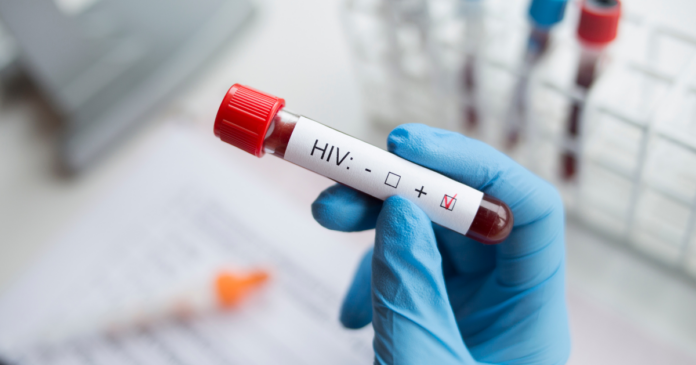As of December 2024, the Department of Health (DOH) estimates that approximately 215,400 people are living with human immunodeficiency virus (HIV) in the Philippines.
This figure highlights the alarming rise in cases in recent years. In the second quarter of 2024 alone, the country recorded an average of 58 new HIV cases daily, reflecting a sharp increase compared to previous years.
The HIV/AIDS & ART Registry of the Philippines (HARP) recorded 3,410 new cases from January to March 2024, along with 82 reported deaths in the same period.
The country has documented over 139,662 confirmed HIV infections since the first case was reported in 1984.
Transmission data show that the overwhelming 98% of new HIV cases result from sexual contact. Within this group, men who have sex with men (MSM) and transgender women (TGW) are disproportionately affected.
According to the DOH, this demographic accounts for most of the new infections, underscoring the need for targeted prevention strategies.
Other modes of transmission include needle-sharing among individuals who inject drugs and, in rare cases, mother-to-child transmission.
The demographics of HIV cases in the Philippines reveal troubling trends, with the highest proportion found among individuals aged 25–34, followed by the 15–24 age group. These figures indicate that young adults and adolescents are particularly vulnerable to infection.
This vulnerability is often linked to limited access to comprehensive sexual education, inadequate awareness of preventive measures such as condoms and pre-exposure prophylaxis (PrEP), and stigma surrounding discussions about sexual health and HIV. These barriers prevent many young people from making informed decisions about their sexual health or seeking testing and treatment.
HIV attacks the immune system, weakening the body’s ability to fight infections and certain diseases. Without treatment, HIV can progress to acquired immunodeficiency syndrome (AIDS), the most severe stage of the virus.
Antiretroviral therapy (ART) is essential for managing HIV and preventing its progression to AIDS.
The rising number of HIV cases in the Philippines highlights the urgent need for comprehensive prevention programs, widespread testing, and accessible treatment options.
Addressing stigma, ensuring community outreach, and focusing on vulnerable populations will be key to curbing the epidemic’s continued growth.



